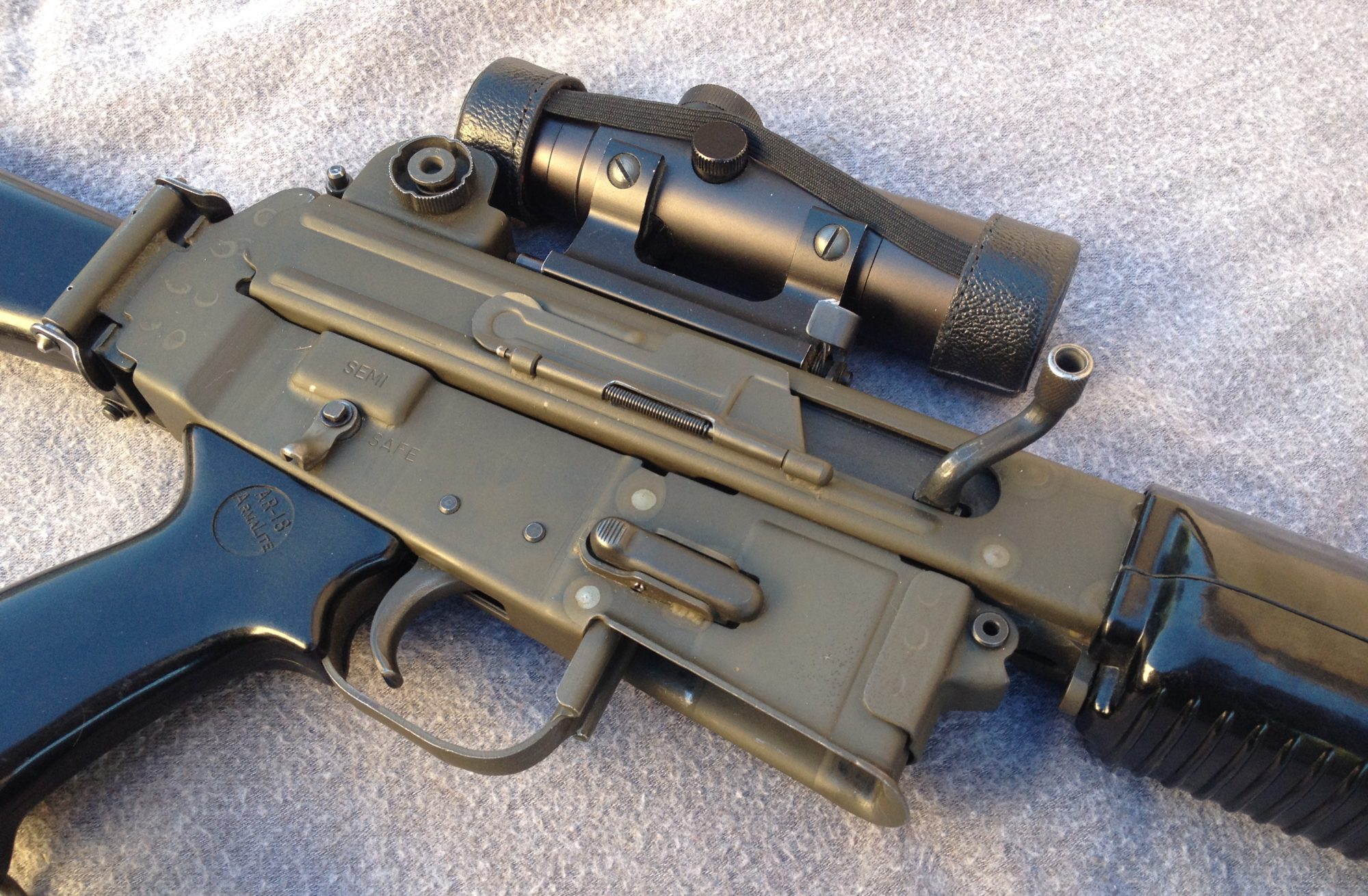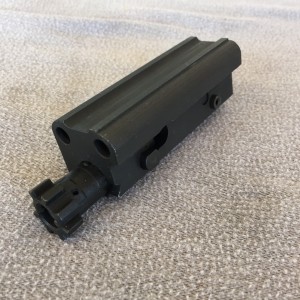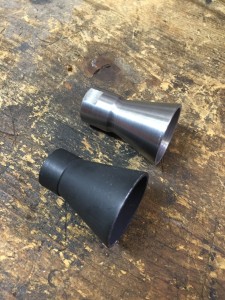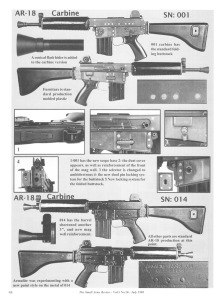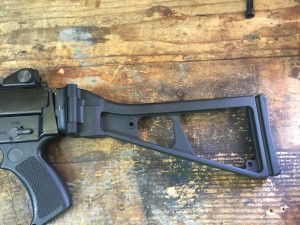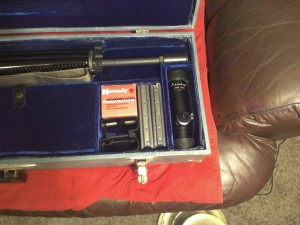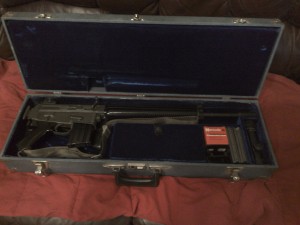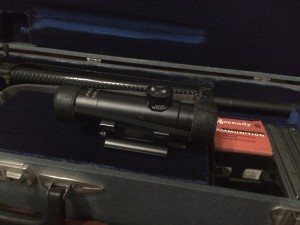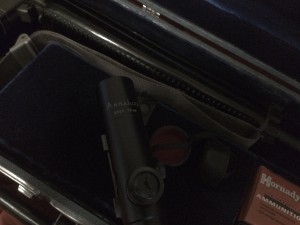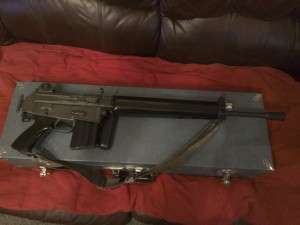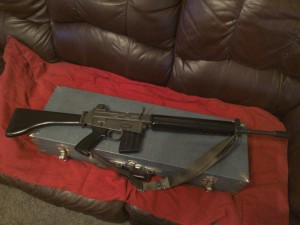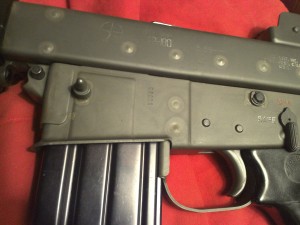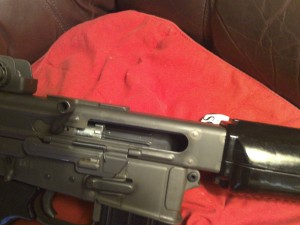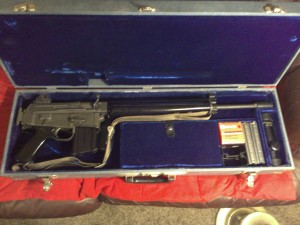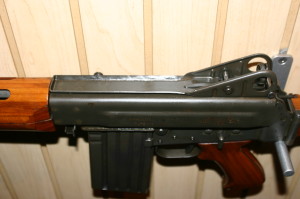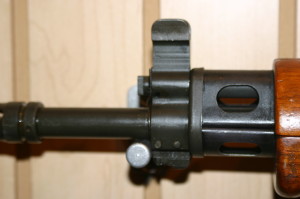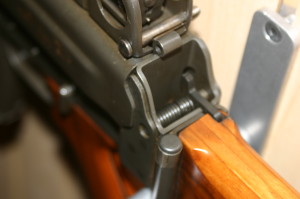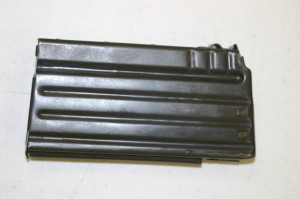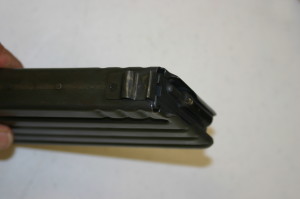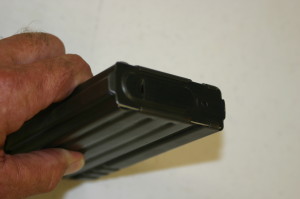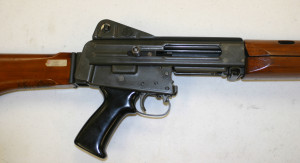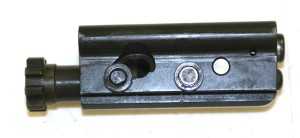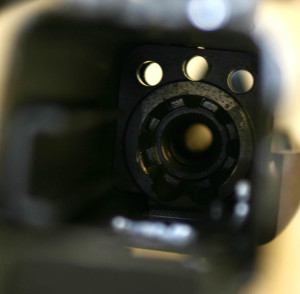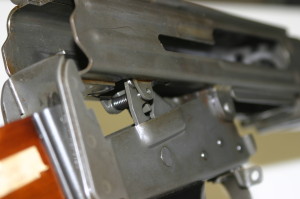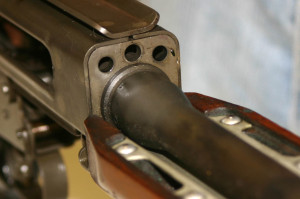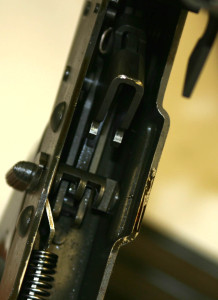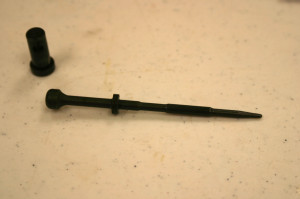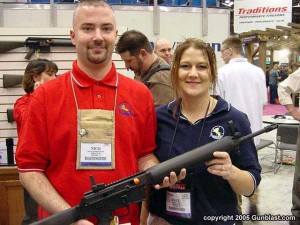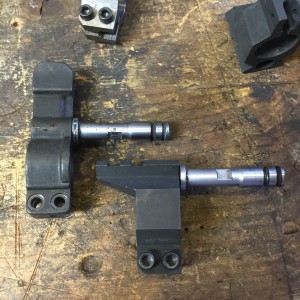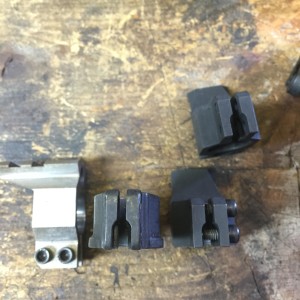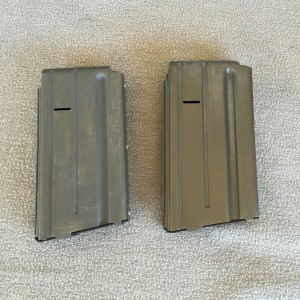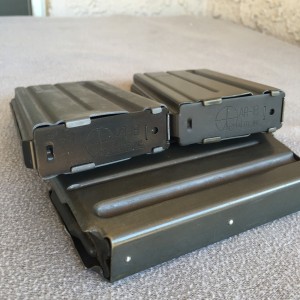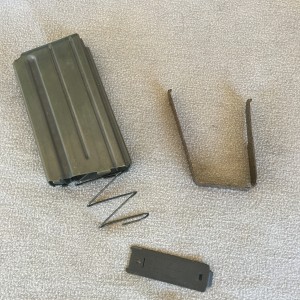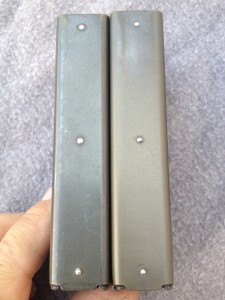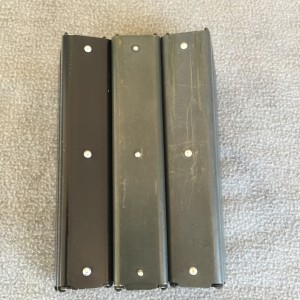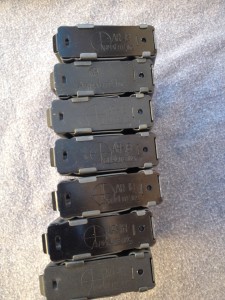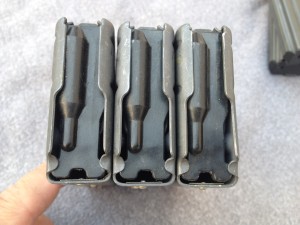Things have been busy around here and I think it will only get busier. Just the way I like it.
My new job has me out of town during the week but I love to travel and weekends with the family can’t be beat.
Next stop the San Francisco bay area then on to Oklahoma City and Amarillo TX.
The parts lot that I purchased is leading to a potential new project. (Don’t they always)
Thinking about building an AR-180B in .458 SOCOM. Why not, right.
I’m thinking a disapator with carbine length gas and full length handguards in a 16″ barrel.
Mods may have to be done to one of the guide rods and ejection port as the clearance may not be enough to clear the larger case.
Tony Rumore turned down a case head to fit the bolt and snapped this pic to show how little clearance there is.
I have a stripped Bravo upper and bolt carrier group, front sight bases and all the piston parts. Everything to build an upper but the barrel but how boreing would it be to build a stock one. First thought was .300 Blackout but then it struck me. Go Big or go home.
Maybe I can fit the 180C gas block under the hand guards and use a stripped 180B front sight base at the end of the barrel.
I’m going to be moving ahead with this project as funds and time allow. (As I get back to work I gain more of one and less of the other)
By the way I still have a few complete bolt carrier groups available for sale from the parts lot. Pick one up for your next project or as a spare. I don’t have to tell you how hard the bolts are getting to find.
Made up a new flash hider from an original print that I was given access to. (Sorry it’s not anything I can share or publish at this time)
You can see how it differs from the one that I reverse engineered from a picture. I do believe, however that the one I used as an example was not built to the same specs as the one that later made it into production
The new to me AAA SAP is begging to be made into an SBR and I am trying to find an original stock.
The rear of the reciever was cut off when it was made as a pistol so some type of adapter would have to be made.
I am also considering the left over Vulcan V18 stock as shown in the teaser pics from my last post.
I still have to get it to the range to test fire it before I even consider sending off for a stamp on this one.
As always I am watching my local craigslist to see if I can find a bigger lathe and possibly a small milling machine.
I am also looking for someone with a Leader T2 MkV that is in southern AZ so I can take some side by side pics and show the differences that were made when AAA took over production.
Thanks for the feedback on the new mail system. It seems to have worked other that the fact that I sent out basically a blank message.
I hope the email you get for this one will be much improved.
